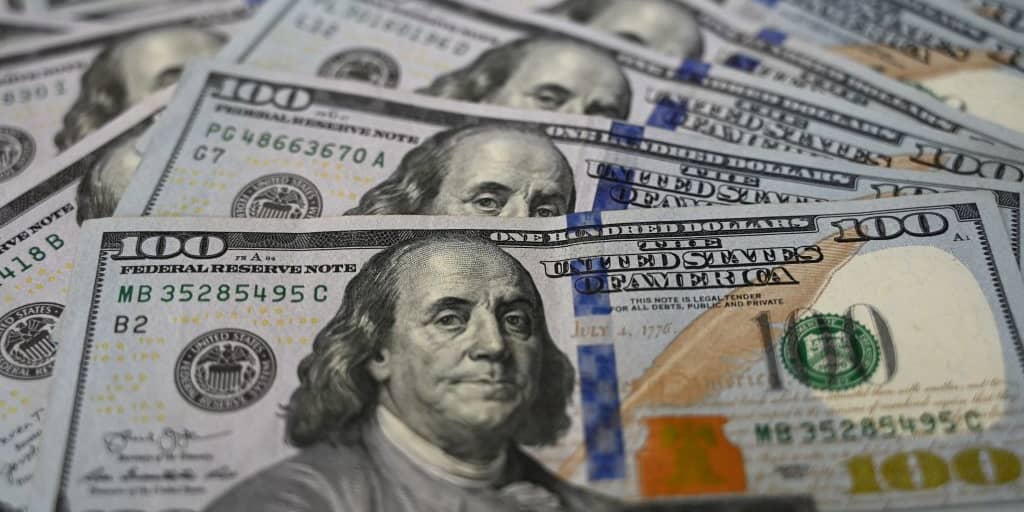With the stock market closed for Labor Day, it could be a good time to take a step back and look at what’s happening with U.S. government bonds.
There are usually two main drivers for bond yields, which move inversely to prices. One is short-term interest rates, set by the Federal Reserve. The other is the outlook for inflation, since consumer-price gains erode the returns of interest-bearing securities. Those two are, of course, related, because the Fed is in charge of controlling inflation.
Since the Fed started raising interest rates from near zero to more than 5% today, bond yields have risen dramatically. Theoretically, lending the government money for a longer period should produce a higher rate or return, so when short-term rates go up, long-term rates should go up as well, staying higher than shorter-term notes. That hasn’t happened quite as expected, but more on that later.
However, bond yields were going up even before the Fed started raising rates in March 2022. They were rising in 2021, when massive government stimulus ensured that the economy was going to take off again after the pandemic.
In fact, the 10-year Treasury bond is on track for a third straight year of losses in 2023. That hasn’t happened in 250 years of U.S. history, analysts at Bank of America pointed out Sept. 1.
One strange thing that has emerged over the past few years–the unexpected thing mentioned above–is an inverted yield curve. The return on the 10-year bond is lower than the interest rate on the two-year. That reflects investors’ expectations that the Fed will raise rates in the short term to get inflation back under control, and then it will be able to start lowering them again later.
An inverted curve is often considered a signal of a coming recession, since the Fed usually lowers rates to support growth. But it isn’t necessarily a sign of imminent economic collapse.
Expectations for longer term interest rates have risen again recently now that it looks like inflation is coming down without the help of a sharp economic slowdown, implying that the Fed will keep rates higher for longer. The announcement that the government will increase the size of its debt auctions has also pushed yields higher of late.
The yield on the 10-year Treasury closed at 4.186% on Friday. It had initially fallen earlier in the day on data showing rising unemployment, but finished higher after another report showed economic strength. Back in April, when the economic outlook seemed less solid, the yield was as low as 3.3%.
Whether yields continue to go up, or if 10-year bonds can reverse three years of declines, depends, as always, on what the Fed does. But Tan Kai Xian, an analyst at Gavekal Research, says there are good reasons to think bonds will provide better returns than stocks in the near future.
If rising unemployment is a sign of a weakening economy, investors may sell off stocks as company earnings deteriorate. Similarly, if rising unemployment gives the Fed room to cut rates, that’s also a boost for bonds. If, on the other hand, the labor market keeps adding slack without a recession, Treasuries may continue to perform poorly, he said.
“But history does not favor such a soft landing scenario,” Xian wrote.
Bottom line: It’s very unusual for bond yields to rise—or for bond prices to fall—for as long a spell as they have. Recent events have pushed yields even higher. But if the Fed really is close to finishing its campaign of rate hikes, bonds should soon reverse their losing streak.
Write to Brian Swint at [email protected]
Read the full article here



